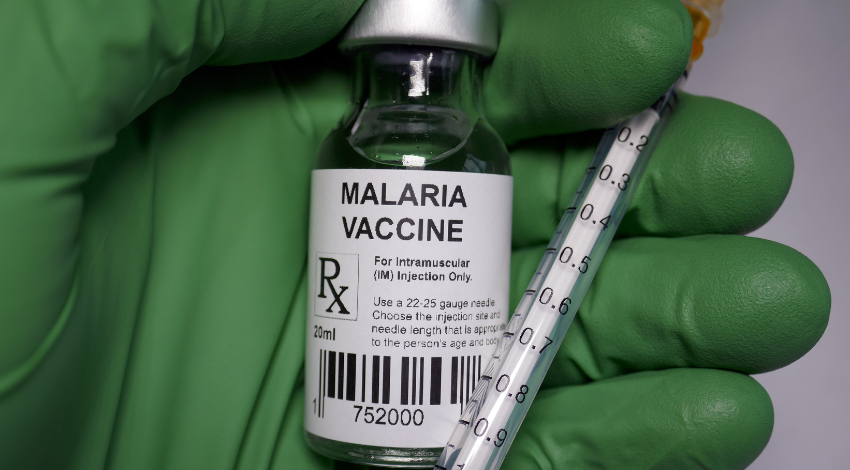Combating malaria a drug discovery approach njgss pdf
Malaria remains one of the most tremendous public health demanding situations global, specially in tropical and subtropical regions. Despite massive efforts to govern and cast off the ailment, malaria continues to cause loads of hundreds of deaths yearly. This article explores the techniques and innovations in drug discovery aimed toward preventing malaria.
Understanding Malaria
Malaria is because of Plasmodium parasites, that are transmitted to human beings through the bites of inflamed girl Anopheles mosquitoes. The most lethal species, Plasmodium falciparum, is responsible for the majority of malaria-related deaths. The sickness manifests with signs and symptoms including fever, chills, headache, and in extreme cases, it could cause headaches like cerebral malaria and organ failure.
Challenges in Malaria Control
- Drug Resistance: One of the most important challenges in malaria manipulate is the emergence of drug-resistant traces of Plasmodium. Resistance to chloroquine and sulfadoxine-pyrimethamine has combating malaria a drug discovery approach njgss pdf been good sized, and there are growing concerns about resistance to artemisinin-primarily based mixture treatments (ACTs), the present day frontline remedy for malaria.
- Lack of Effective Vaccines: While there was development in malaria vaccine development, the available vaccines provide simplest partial protection and require a couple of doses.
- Vector Control Issues: Mosquito resistance to insecticides and environmental changes affecting mosquito breeding web sites complicate vector manipulate efforts.
The Drug Discovery Approach
To deal with those demanding situations, a multifaceted drug discovery technique is essential. This includes figuring out new drug targets, growing novel compounds, and optimizing remedy regimens.
1. Identifying New Drug Targets
Understanding the biology and lifecycle of Plasmodium parasites is critical for identifying capacity drug targets. Researchers recognition on numerous ranges of the parasite’s lifecycle, which include:
- Liver Stage: Targeting the liver degree can save you the parasite from maturing and entering the bloodstream.
- Blood Stage: Most modern antimalarials goal the asexual blood stage, wherein signs occur.
- Transmission Stage: Developing pills that focus on the sexual degrees of the parasite in the mosquito can reduce transmission.
2. High-Throughput Screening
High-throughput screening (HTS) permits researchers to quick check lots of compounds for antimalarial hobby. This system entails:
- Compound Libraries: Screening large libraries of chemicals to discover those with capability antimalarial effects.
- In Vitro and In Vivo Assays: Testing compounds in laboratory settings and animal models to evaluate their efficacy and safety.
three. Structure-Based Drug Design
Advances in structural biology have enabled researchers to use shape-based drug layout to increase new antimalarials. This technique includes:
- Crystallography and Cryo-EM: Determining the 3D structures of target proteins to identify binding web sites for capacity capsules.
- Computer-Aided Drug Design: Using computational techniques to layout molecules that could interact with specific goals correctly.
four. Combination Therapies
Combination healing procedures, which include ACTs, are vital in malaria treatment to save you resistance. Researchers are exploring new combinations to beautify efficacy and reduce the risk of resistance. This includes:
- Synergistic Combinations: Identifying drug pairs that paintings synergistically to beautify remedy outcomes.
- Sequential Treatment: Developing remedy regimens that sequentially use extraordinary drugs to outmaneuver resistance mechanisms.
five. Natural Products and Traditional Medicine
Natural merchandise and conventional medicines have traditionally been a rich supply of antimalarial compounds. Research in this place includes:
- Screening Plant Extracts: Testing extracts from medicinal plants for antimalarial homes.
- Isolating Active Compounds: Identifying and characterizing lively compounds from herbal sources.
Conclusion
Combating malaria thru drug discovery calls for a complete approach that addresses the challenges of drug resistance, identifies new goals, and optimizes treatment techniques. Advances in generation, such as excessive-throughput screening and shape-based drug design, are paving the manner for the development of new and effective antimalarial drugs. Collaboration amongst researchers, pharmaceutical organizations, and international fitness organizations is essential to pressure those efforts forward and in the long run acquire the intention of malaria eradication.
References
For further analyzing and special studies, seek advice from the comprehensive PDF titled “Combating Malaria: A Drug Discovery Approach,” available via NJGSS sources. This file presents an in-depth evaluation of current research, methodologies, and future guidelines in the combat in opposition to malaria.













Post Comment